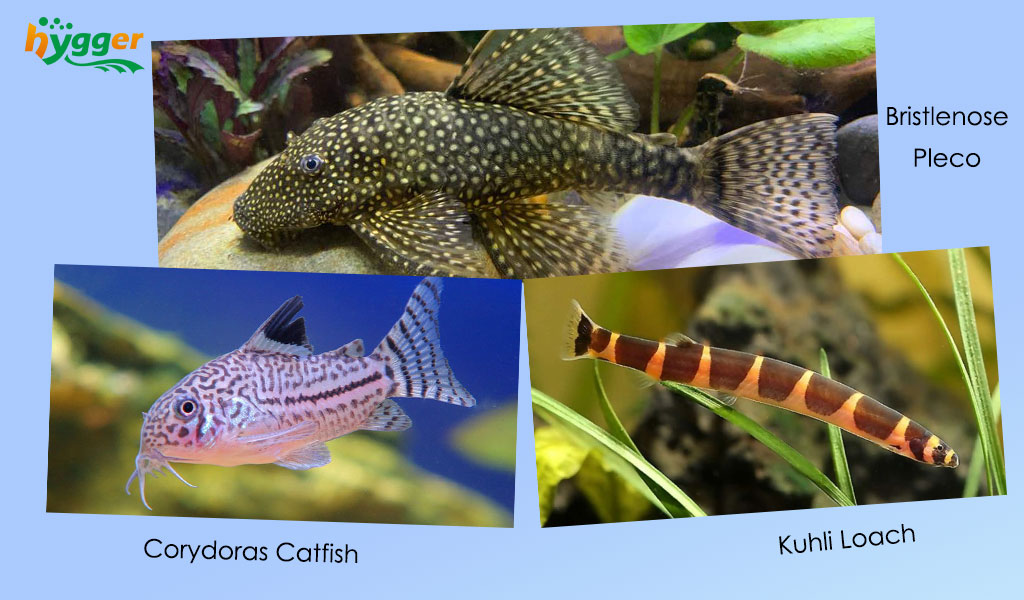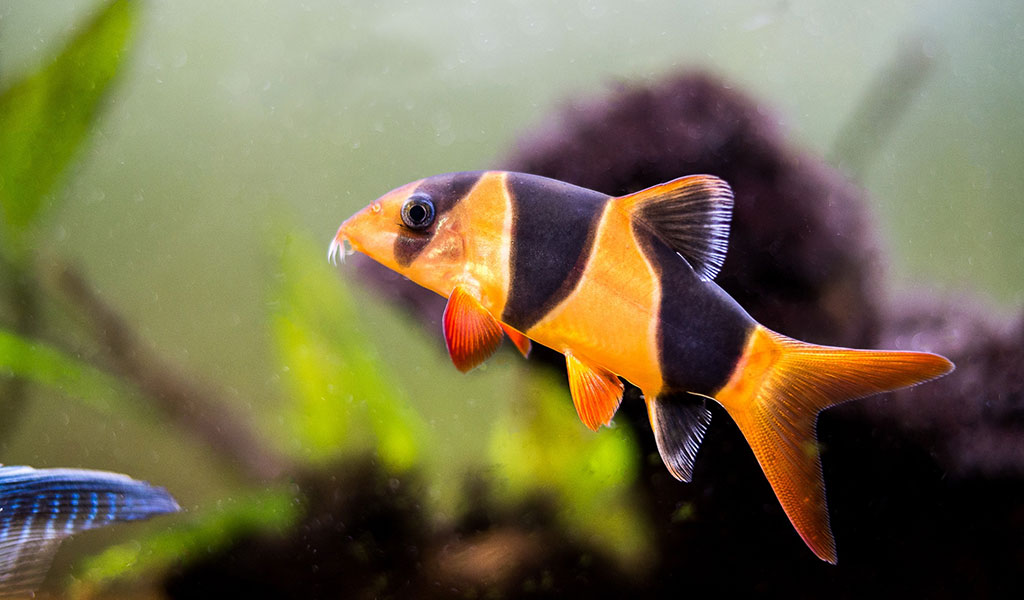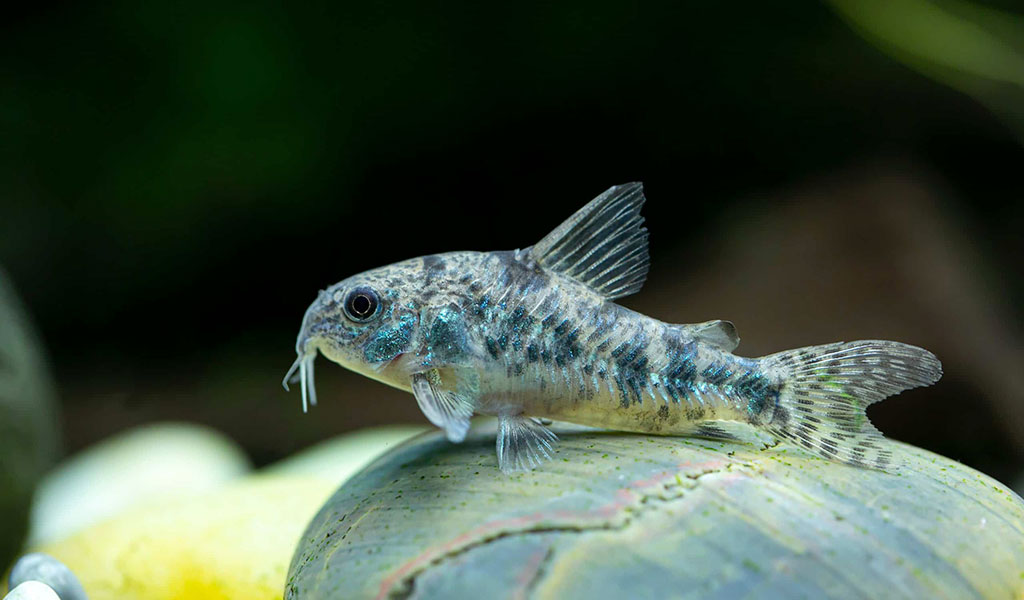As waste, uneaten food, and decaying organic matter accumulate, your aquarium water condition will gradually turn poor. Fortunately, it can be rescued with the help of sand cleaning fish. The unique adaptations and behaviors make sand cleaning fish highly efficient safe sand cleaners. Also, it reduces the burden of manual substrate maintenance. If you know little about sand cleaning fish, just read on. You will walk away with a much better understanding of the best fish for cleaning sand freshwater. While you will also learn care guides to keep them in aquariums.
Ways to wash aquarium sand before use
Before using aquarium sand in your tank, it is important to wash it thoroughly to remove any impurities, dust, or debris. Here is a guide on how to wash aquarium sand before use.
Gather your supplies first, including a bucket or a bowl, a hose or tap water source, and a gentle water flow. Next, place the desired amount of sand into the bucket. Then stir the sand with your hands, and rinse it until the water is clear. Also, it is recommended to wash only a small amount at a time to ensure thorough cleaning. However, as for large aquariums demanding a large amount of sand, you can ask a gravel cleaner for help.
Sand cleaning fish
Fish tank sand cleaner fish are also known as substrate or bottom-dwelling fish. They are aquatic species that play a crucial role in maintaining the cleanliness and health of the substrate in freshwater aquariums. Because they can consume debris, waste, uneaten food, and decaying organic matter in the substrate.
Features of sand cleaning fish
- Barbels or Whiskers
Sand cleaning fish are often equipped with specialized mouth structures, such as barbels or whiskers. These sensory appendages help to detect food particles. For example, Bristlenose Plecos. They have sucker mouths, allowing them to cling to surfaces and consume algae growth.
- Bottom-dwellers
Most sand cleaning fish are typically bottom-dwellers. They spend much of their time near or on the substrate, actively searching for detritus, leftover food, and small invertebrates.
- Cleaning Capabilities
The safe sand cleaners fish are efficient detritus feeders and algae grazers. The excellent cleaning capabilities help to maintain a visually appealing and healthy aquarium environment, while also reducing the need for manual substrate maintenance and promoting a balanced ecosystem within the tank. Consequently, sand cleaning fish are popular among aquarium enthusiasts.
- Peaceful nature
Some sand cleaning fish have peaceful temperaments, making them suitable for community aquariums. They coexist peacefully with other fish species, reducing the risk of aggression or territorial disputes.
- Small Size
Sand cleaning fish are often small, which allows them to maneuver easily in the substrate without causing disruption or damage to the aquarium layout. Their small size also makes them less likely to uproot plants or disturb other tank inhabitants.
- Average lifespan
The average lifespan of sand cleaning fish can be varying with fish species, care provided, and environmental conditions. In general, they can live up to 5–15 years.
Sand cleaning fish species
Actually, there are some best fish species for cleaning sand, which are commonly kept in freshwater aquariums. For instance, Corydoras Catfish, Bristlenose Plecos, Kuhli Loaches, and Dwarf Chain Loaches.
Best sand cleaning fish for freshwater aquarium
When it comes to choosing the best fish for cleaning sand in a freshwater aquarium, several species stand out for their efficient cleaning abilities and compatibility with different tank setups. Next, we will list three here.
Corydoras Catfish
Corydoras catfish are known for their small size, various colors and patterns, peaceful nature, and ability to sift through the sand. With their barbels, which resemble whiskers, Corydoras Catfish constantly search the substrate for leftover food and detritus, preventing it from decomposing and releasing harmful toxins. Also, their gentle rummaging also helps aerate the sand, promoting a healthy biological balance within the aquarium. Among Corydoras species, Corydoras sterbai and Corydoras panda are excellent choices for sand cleaning.

Bristlenose Pleco
Bristlenose plecos are excellent algae grazers and sand cleaners. They are generally peaceful, hardy, and suitable for a range of tank sizes. The bristle-like appendages on their heads help to efficiently consume algae grown on the substrate. Plus, the sucker mouth allows Bristlenose plecos to effortlessly graze on algae that accumulate on the sand, rocks, and even glass surfaces. Overall, Bristlenose plecos not only keep the tank visually appealing but also contribute to better water quality by reducing excessive algae growth.
Kuhli Loach
Kuhli loaches are slender, eel-like fish that are known for their burrowing behavior. They are peaceful and nocturnal species. Also, they prefer to live in groups. Kuhli loaches primarily inhabit the lower levels of aquariums, they help keep the sand clean by stirring it up during their activity.
Keep the sand cleaning fish healthy
To keep sand cleaning fish healthy, how to care for them properly in aquariums? In this segment, we will give you some ideas.
Tank Size and Setup
It is critically crucial to provide an adequately sized tank that accommodates the species’ requirements. You should consider factors, including swimming space, hiding spots, appropriate substrate depth, etc. A larger tank with ample hiding places and open swimming areas will be helpful to reduce stress and promote natural behavior.
For example, the minimum tank size for Corydoras Catfish is 10–20 gallons. Also, Bristlenose Plecoes should be kept in a minimum tank size of 20 gallons. And Kuhli Loaches can survive in a minimum tank size of 10 gallons.
Water Parameters
To maintain stable and suitable water parameters, you’d better regularly test and monitor the temperature, pH levels, ammonia, nitrite, nitrate levels, etc. Once you find something abnormal, make necessary adjustments immediately. Aside from that, change aquarium water regularly. You can change 15-30 percent of water once two or three weeks.
Proper Filtration
To keep great water quality, building a great filtration system is necessary. While sand cleaning fish consume unnecessary substances in aquariums, they also produce waste. Thus, ensuring effective mechanical, chemical, and biological filtration is crucial.

Substrate Maintenance
Regularly clean and maintain the substrate in your aquarium. While sand cleaning fish help keep the substrate clean, occasional maintenance is still necessary. During the process of water changes, use a gravel vacuum to remove excess waste and debris from the sand bed.
Balanced Diet
Provide a balanced and appropriate diet. Most species prefer a combination of high-quality commercial fish pellets or flakes, supplemented with frozen or live foods like bloodworms, brine shrimp, or vegetable matter. Just research the specific dietary preferences of your fish and ensure they receive adequate nutrition.
Compatibility
Avoid keeping aggressive or fin-nipping species with the sand cleaning fish. Because it will cause stress and injury. Before introducing tank mates, research the social behavior and compatibility of different species to ensure a harmonious community tank. The best suitable tank mates for them are Arowana, Tetras, Cichlid, and Bluto the giant gourami, etc.
Summary
In short, sand cleaning fish are efficient detritus feeders and algae grazers. However, no matter which species you choose, it is important to consider the specific requirements of the species before adding any safe sand cleaners to your freshwater aquarium. For example, tank size, water parameters, and compatibility with other tank inhabitants. Additionally, proper acclimation and providing a suitable diet are essential for their long-term health.
Plus, for more about aquarium sand cleaning, you can read What is the Best Way to Clean Aquarium Sand.
